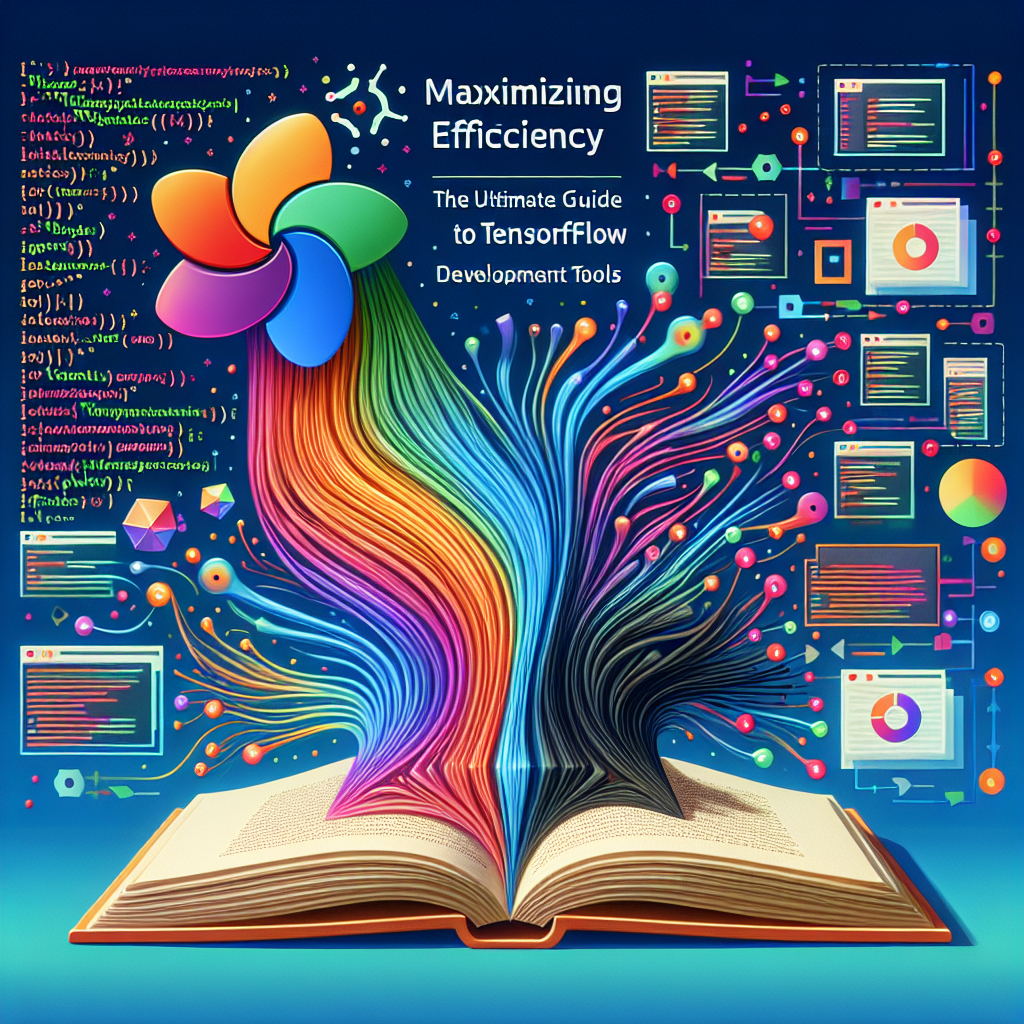TensorFlow is a popular open-source machine learning framework developed by Google. It provides a wide range of tools and libraries for building and deploying machine learning models. In this guide, we will explore the various TensorFlow development tools and techniques that can help you maximize your efficiency and productivity.
1. TensorFlow Development Environment Setup
Before you start developing with TensorFlow, it is essential to set up a proper development environment. You can install TensorFlow using pip or conda, depending on your preference. Make sure to also install any additional libraries and tools that you may need for your project, such as NumPy, Pandas, and Matplotlib.
Code Example:
“`python
import tensorflow as tf
“`
2. TensorFlow Model Development
Once you have set up your development environment, you can start building your machine learning models using TensorFlow. TensorFlow provides high-level APIs like Keras that make it easy to create and train models. You can also use TensorFlow’s low-level APIs for more advanced customization and control over your models.
Code Example:
“`python
model = tf.keras.Sequential([
tf.keras.layers.Dense(64, activation=’relu’),
tf.keras.layers.Dense(10)
])
“`
3. TensorFlow Serving
After you have developed and trained your model, you can deploy it for production using TensorFlow Serving. TensorFlow Serving is a flexible and scalable serving system for machine learning models. It allows you to serve your models over a network, making it easy to integrate them into your applications or services.
Code Example:
“`bash
tensorflow_model_server –port=8500 –rest_api_port=8501 –model_name=my_model –model_base_path=/path/to/model
“`
4. TensorFlow Lite
If you are developing machine learning models for mobile or edge devices, you can use TensorFlow Lite. TensorFlow Lite is a lightweight and optimized version of TensorFlow that is designed for mobile and embedded platforms. It allows you to run your models on devices with limited resources efficiently.
Code Example:
“`python
interpreter = tf.lite.Interpreter(model_path=”model.tflite”)
“`
Conclusion
By leveraging the power of TensorFlow development tools, you can maximize your efficiency and productivity as a machine learning developer. Whether you are building models for research, production, or deployment on mobile devices, TensorFlow provides the tools and libraries you need to succeed. Start exploring TensorFlow’s development tools today and take your machine learning projects to the next level!
FAQs
1. What is TensorFlow?
TensorFlow is an open-source machine learning framework developed by Google that provides tools and libraries for building and deploying machine learning models.
2. How can I install TensorFlow?
You can install TensorFlow using pip or conda by running the following command: pip install tensorflow.
3. What is TensorFlow Serving?
TensorFlow Serving is a serving system for machine learning models that allows you to deploy your models for production use over a network.
Quotes
“Efficiency is doing things right; effectiveness is doing the right things.” – Peter Drucker
#Maximizing #Efficiency #Ultimate #Guide #TensorFlow #Development #Tools


